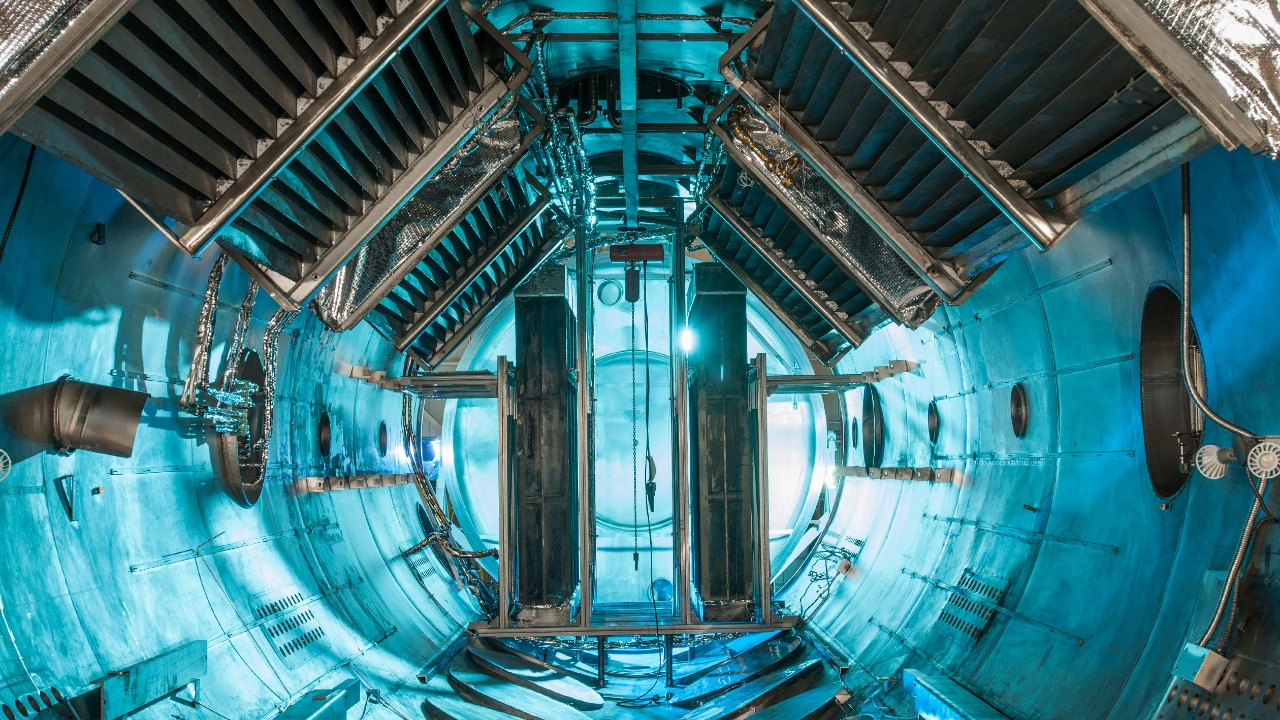
The Defense Advanced Research Projects Agency (DARPA) is embarking on a groundbreaking initiative to develop living structures in space that can self-assemble and adapt to environmental conditions. These biological constructs could revolutionize the way we approach building in the harsh environment of space, potentially leading to innovative solutions for creating antennas, capturing debris, and even expanding space station capabilities.
The Vision of Living Space Structures
DARPA’s ambitious project envisions a future where living materials not only survive but thrive in space. These materials, derived from biological sources, have the potential to self-repair and adapt to the unique challenges of the space environment. The strategic importance of such adaptive structures is immense, particularly for long-term missions where traditional construction methods may fall short.
The applications of these living structures are vast. Imagine antennas that can self-repair, nets that can capture debris autonomously, or even modules that expand the capabilities of space stations. The use of biological materials over traditional ones could offer significant advantages, such as reduced weight and the ability to regenerate, making them ideal for the unpredictable and harsh conditions of space.
Current Research and Development Efforts
DARPA is not alone in this endeavor. It is collaborating with various universities, research institutions, and private companies to push the boundaries of what’s possible. These collaborations focus on specific research projects aimed at understanding and developing living materials that can endure the rigors of space travel. The objective is clear: to create materials that can self-assemble and self-repair, providing a sustainable solution for future space missions.
However, the road to achieving these goals is fraught with technological challenges. Developing living materials that can withstand space conditions is no small feat. Yet, innovative solutions are emerging. Scientists are exploring ways to engineer organisms that can survive extreme temperatures, radiation, and vacuum. These breakthroughs are crucial for the success of DARPA’s vision and the future of space construction.
Implications for Space Exploration and Colonization
The potential impact of living structures on space exploration is profound. By extending the duration and capabilities of space missions, these innovations could pave the way for deeper exploration into our solar system and beyond. The ability to construct and maintain habitats using materials that can adapt and repair themselves offers exciting possibilities for future colonization efforts.
Furthermore, the environmental impact of using living materials in space cannot be overlooked. Such materials could lead to more sustainable operations by reducing the need for resupply missions and potentially decreasing space debris through their biodegradable nature. This approach aligns with the growing emphasis on sustainability in all aspects of space exploration.
Ethical and Practical Considerations
The use of living organisms in space construction raises important ethical questions. The manipulation of biotechnology in space environments prompts debates about the ecological impact on extraterrestrial settings and the moral considerations surrounding the use of living entities in construction. These discussions are vital as we move toward integrating biological solutions into space architecture.
Regulatory and safety frameworks are equally important. As DARPA advances its research, it must navigate a complex landscape of legal and safety considerations. Ensuring the safety of these living structures and addressing potential risks are paramount. Regulatory bodies will play a crucial role in establishing guidelines and standards for the use of such innovative technologies in space.
Future Prospects and Innovations
Looking ahead, the long-term vision for living structures in space is both exciting and transformative. The potential advancements in this field could redefine the space industry, with living materials becoming integral components of space missions. They could complement other technologies, such as robotics and AI, to enhance the efficiency and capability of space exploration.
Future projects inspired by DARPA’s initiative may lead to unprecedented collaborations and innovations. As we continue to push the boundaries of what’s possible in space, the integration of living structures with other technological advancements will likely become a key focus area. This synergy could unlock new potentials for exploration and offer creative solutions to the challenges of living and working in space.